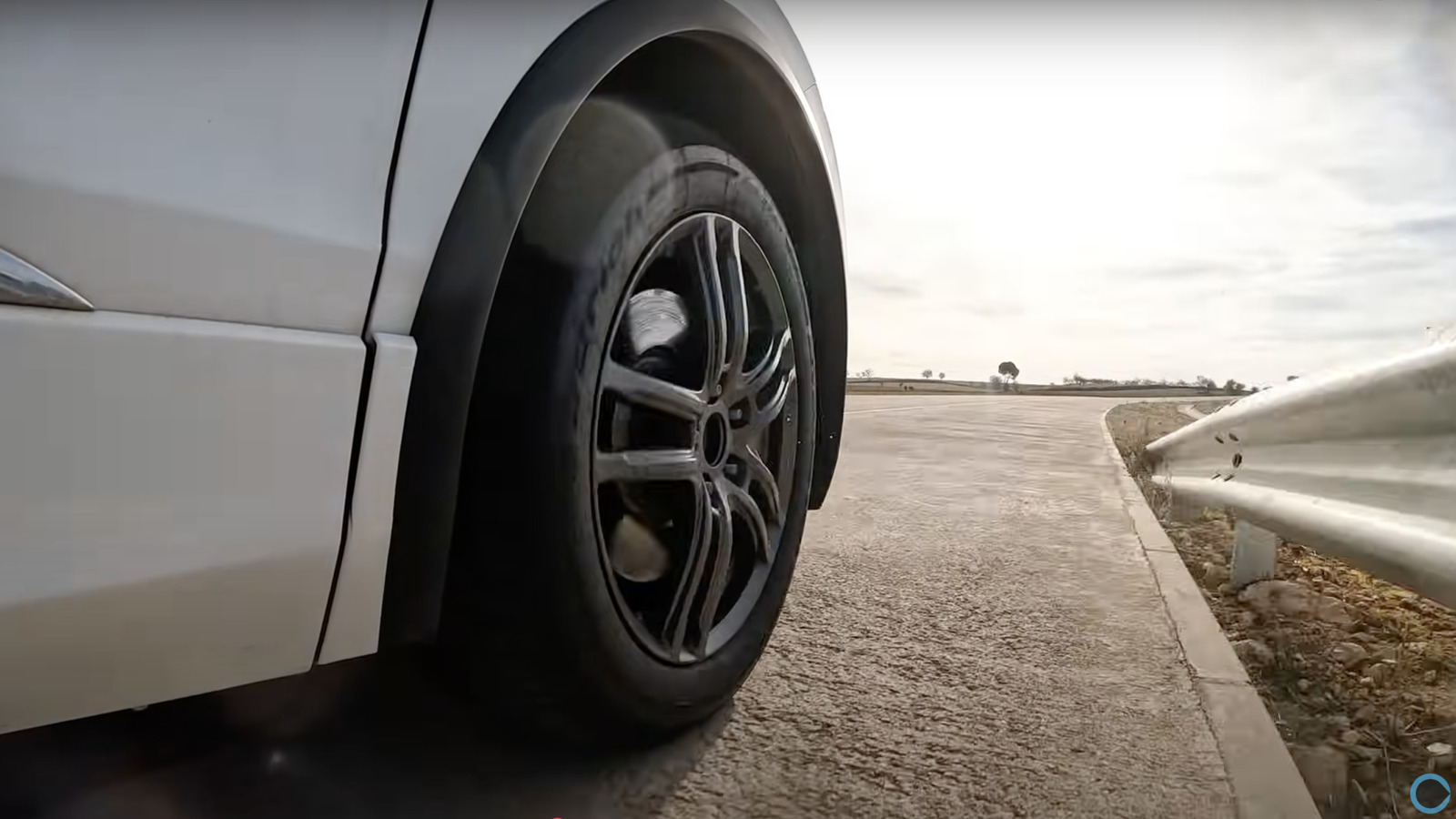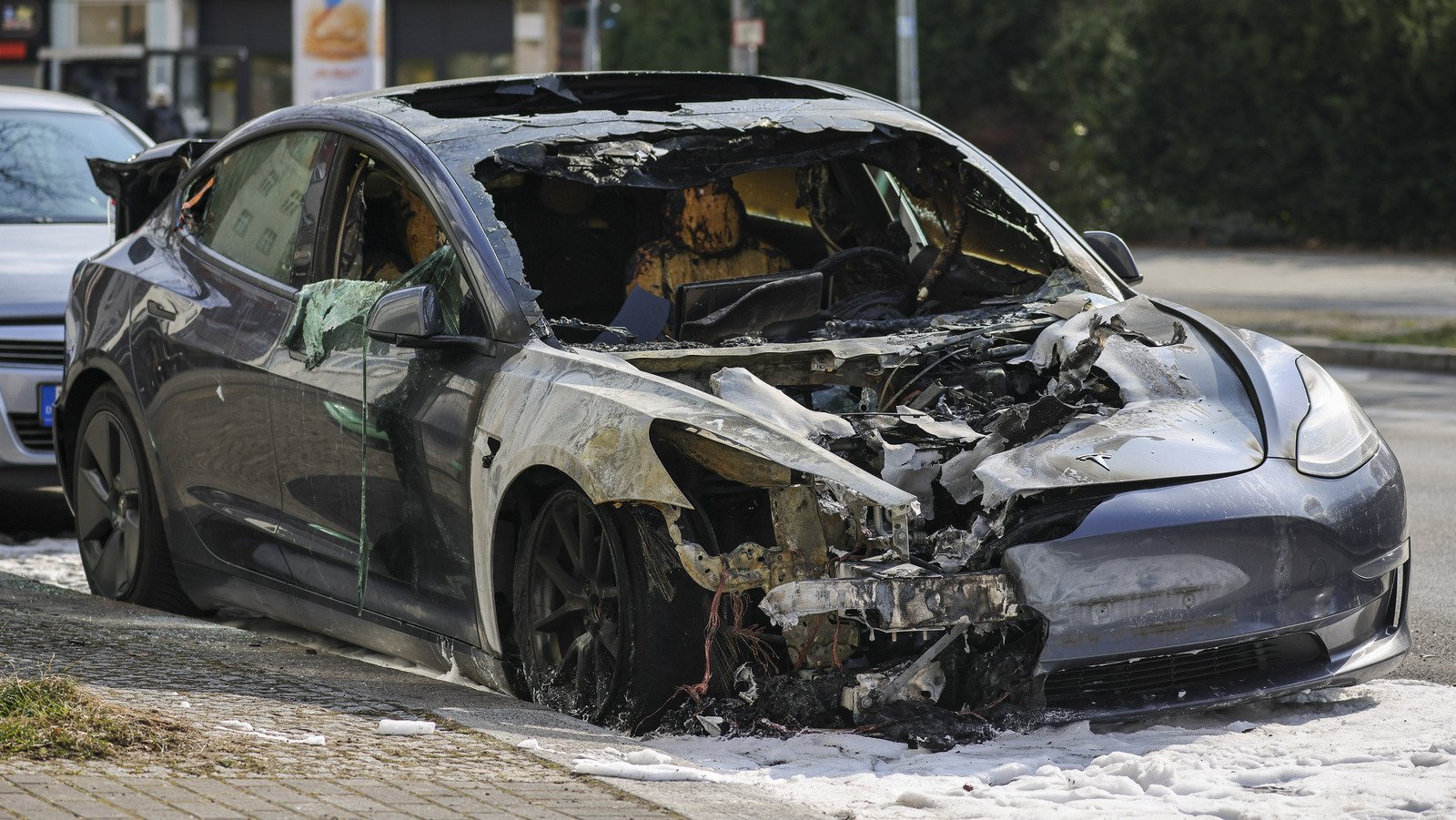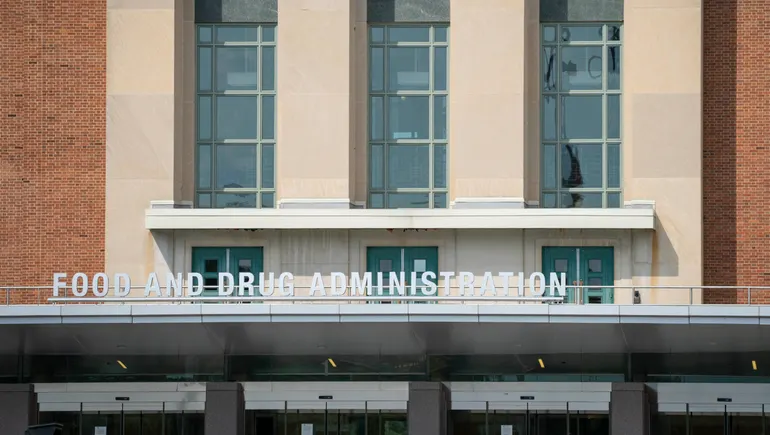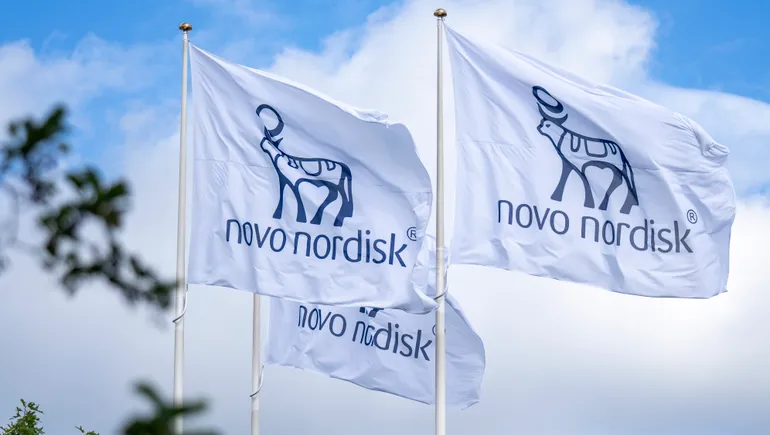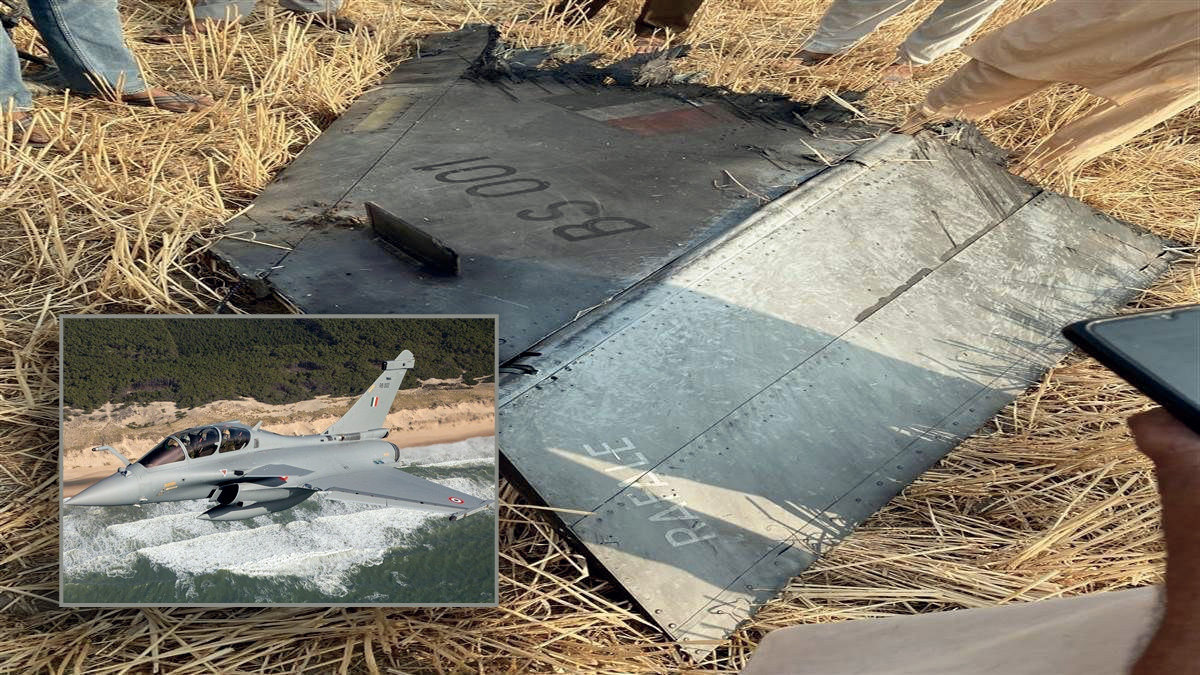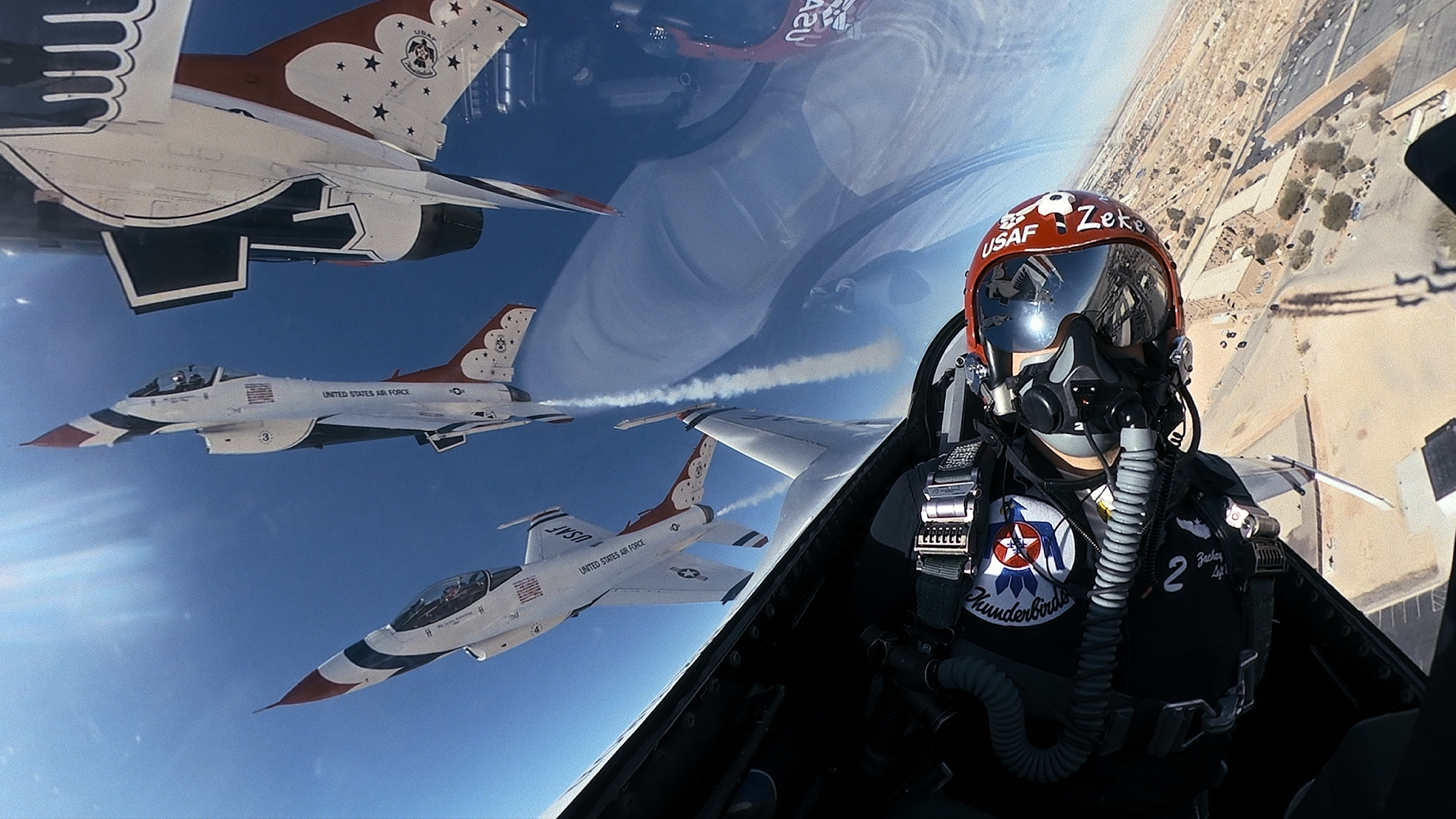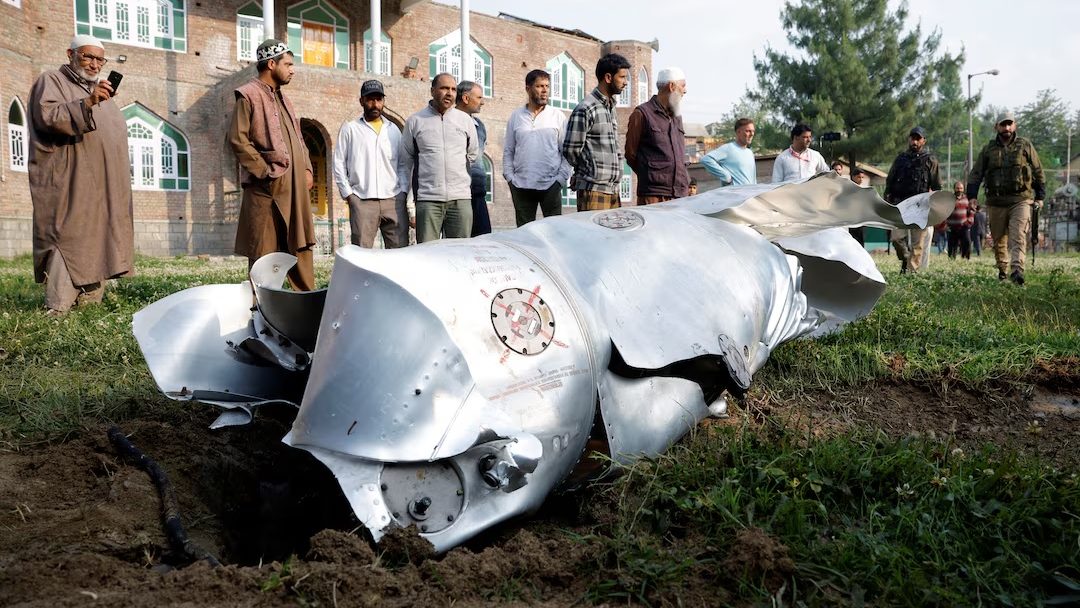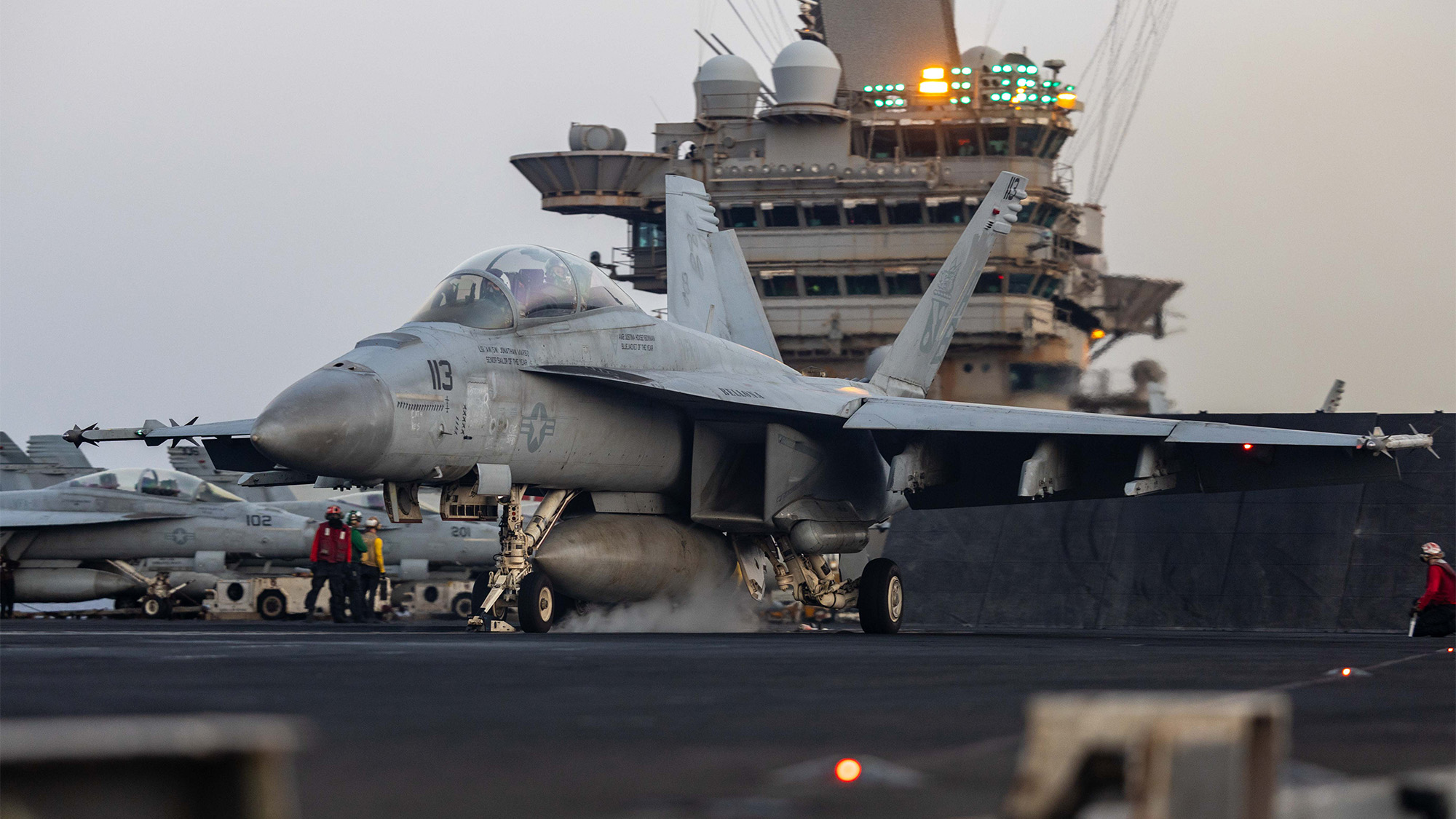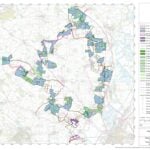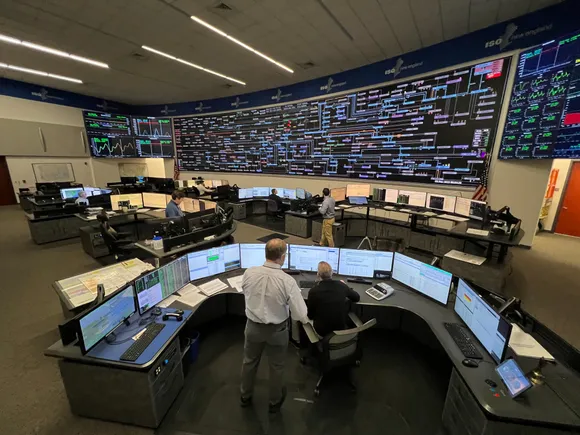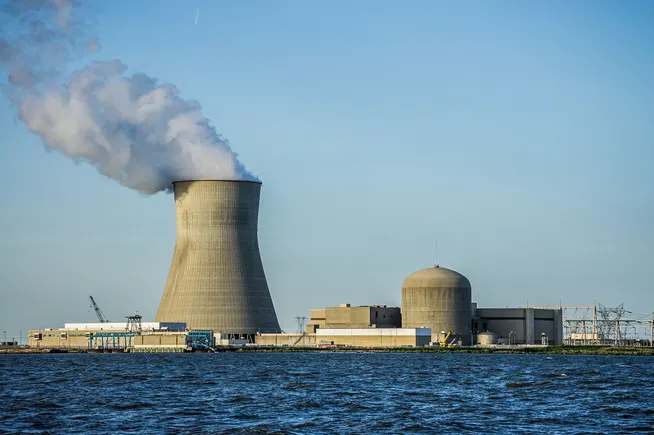Space RCO head sees potential ‘product line’ for orbital warfare satellites
Space RCO Director Kelly Hammett envisions that his shop will feed tech into the Space Force’s new effort to contract commercial firms to replace the Geosynchronous Space Situational Awareness Program (GSSAP) satellites for monitoring the heavens.


RCO Director Kelly Hammett speaks on a panel at AFA 2024 on Sept. 20, 2024. (Air & Space Forces Association photo)
WASHINGTON — The Space Rapid Capabilities Office (Space RCO) has “about a dozen” programs underway to counter orbital threats — potentially resulting in a “product line” of subsystems that allow the Space Force to rapidly field new spacecraft with greater maneuverability, according to its director.
“There’s a likely potential future convergence/partnership” between Space Systems Command’s Space Domain Awareness and Combat Power program office led by Col. Byron McClain and Space RCO “to get after orbital warfare [and] dynamic space operations, and build out more of a product line approach, so busses, payloads, defined interfaces,” Space RCO Director Kelly Hammett told the State of the Space Industrial Base (SSIB) conference in New Mexico sponsored by New Space Nexus on April 29.
The idea, he said, is to move away from “custom, one off” satellite programs and eventually create an approach to building spacecraft for “dynamic space operations” like that used by the Space Development Agency — “a repeated product line of agile busses, awareness, and [indications and warning] and weapons payloads, since we can say that now with public affairs guidance that we were just given.”
For example, Hammett explained that in his view Space RCO in the future could use its Prime Fusion Pilot Accelerator and other projects to support McClain’s shop as it moves forward with the Space Force’s new program to contract with commercial firms for satellites to replace the Geosynchronous Space Situational Awareness Program (GSSAP) constellation for monitoring the heavens.
The plan to replace GSSAP with commercial satellites was revealed in March by Maj. Gen. Stephen Purdy, military deputy at the Office of the Assistant Secretary of the Air Force for Space Acquisition and Integration, pending Space Force acceptance of options approved by Space Systems Command. As first reported by Space News, the service accepted the plan on April 29.
The Prime Fusion Pilot Accelerator Program, being run by Space RCO in cooperation with FedTech, is designed to bring together venture capital-backed startups with more established prime contractors to rapidly field technology to help satellites protect themselves from on-orbit threats. The accelerator in January contracted a first five pairs of companies to develop a range of tech from remote sensing systems to AI-powered diagnostic kits to video processing software.
Hammett on April 30 told the SSIB conference that another program that could help with GSSAP replacement is Space RCO’s new effort to contract for “agile” spacecraft busses for “dynamic space operations,” or DSO.
The office on April 18 issued a request for information on commercial capability to produce busses to be stationed “near” geosynchronous Earth orbit (GEO) that can operate autonomously “for at least 48 hours,” and provide “safe mode capability, delta-V for orbit maintenance, end-of-life disposal capability, [and] potential for rendezvous and proximity operations (RPO).” Responses are due May 17.
“It’s a five page spec, and that will enable a whole family of missions to potentially include the future GSSAP missions,” Hammett said.
Space RCO also is moving forward with its cloud-based command and control software development under the Rapid Resilient Command and Control (R2C2) program that will allow Space Force operators to manage hundreds of future DSO satellites, he said.
R2C2 “will go to Delta 9 after 2026,” and will become the standard software for all satellites, Hammett said.
Space Force Delta 9 is charged “to generate combat-ready orbital warfare forces and to serve as the combat forces proponent for the orbital warfare mission area,” according to a Space Force fact sheet. “Orbital warfare forces provide Combatant Commanders with the combat power to defeat space and counterspace threats. ”
“Your custom ground [system] will not go into Delta 9,” Hammett warned the SSIB audience made up largely of industry representatives. “You will figure out how to integrate into R2C2.”
































